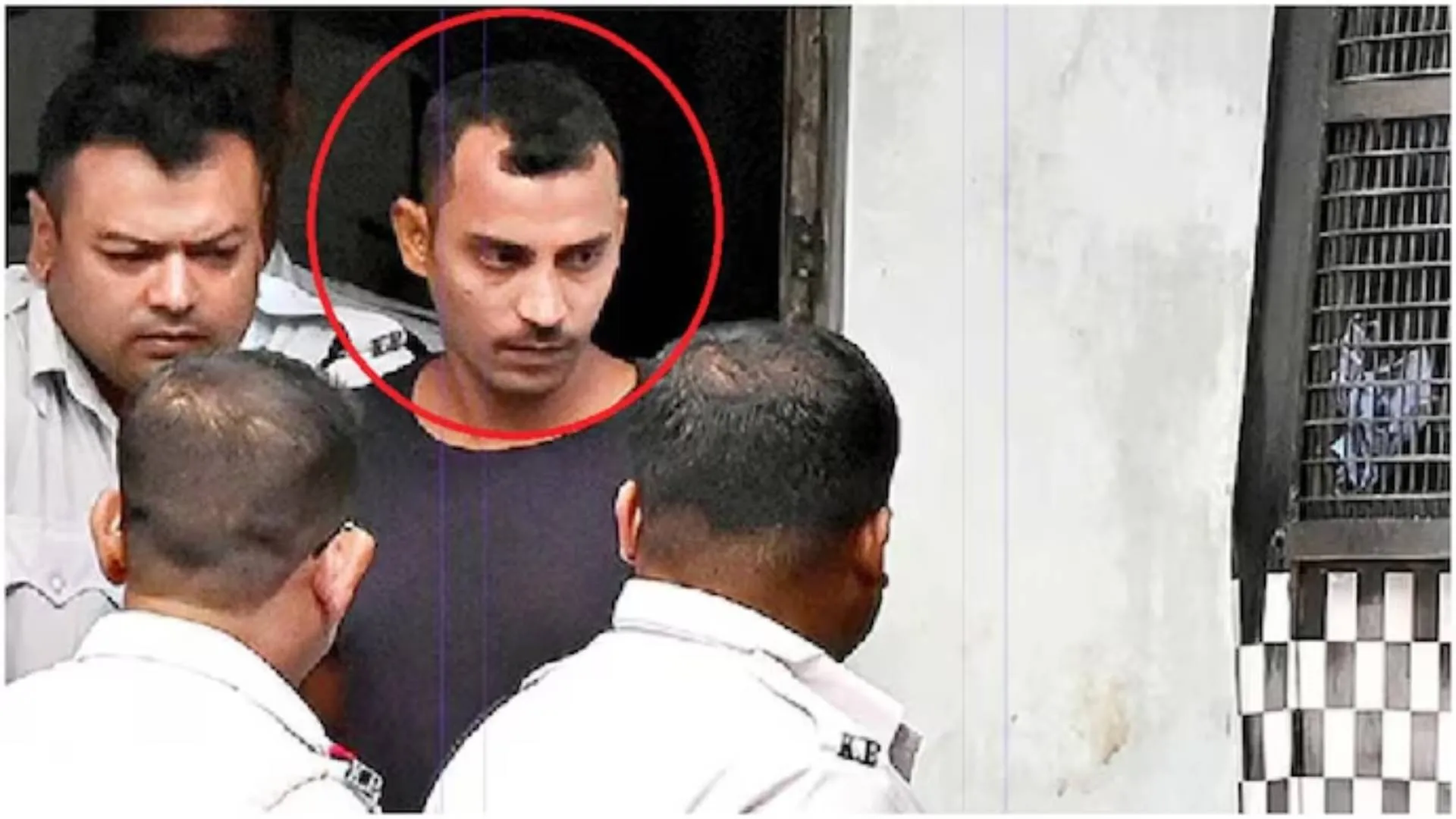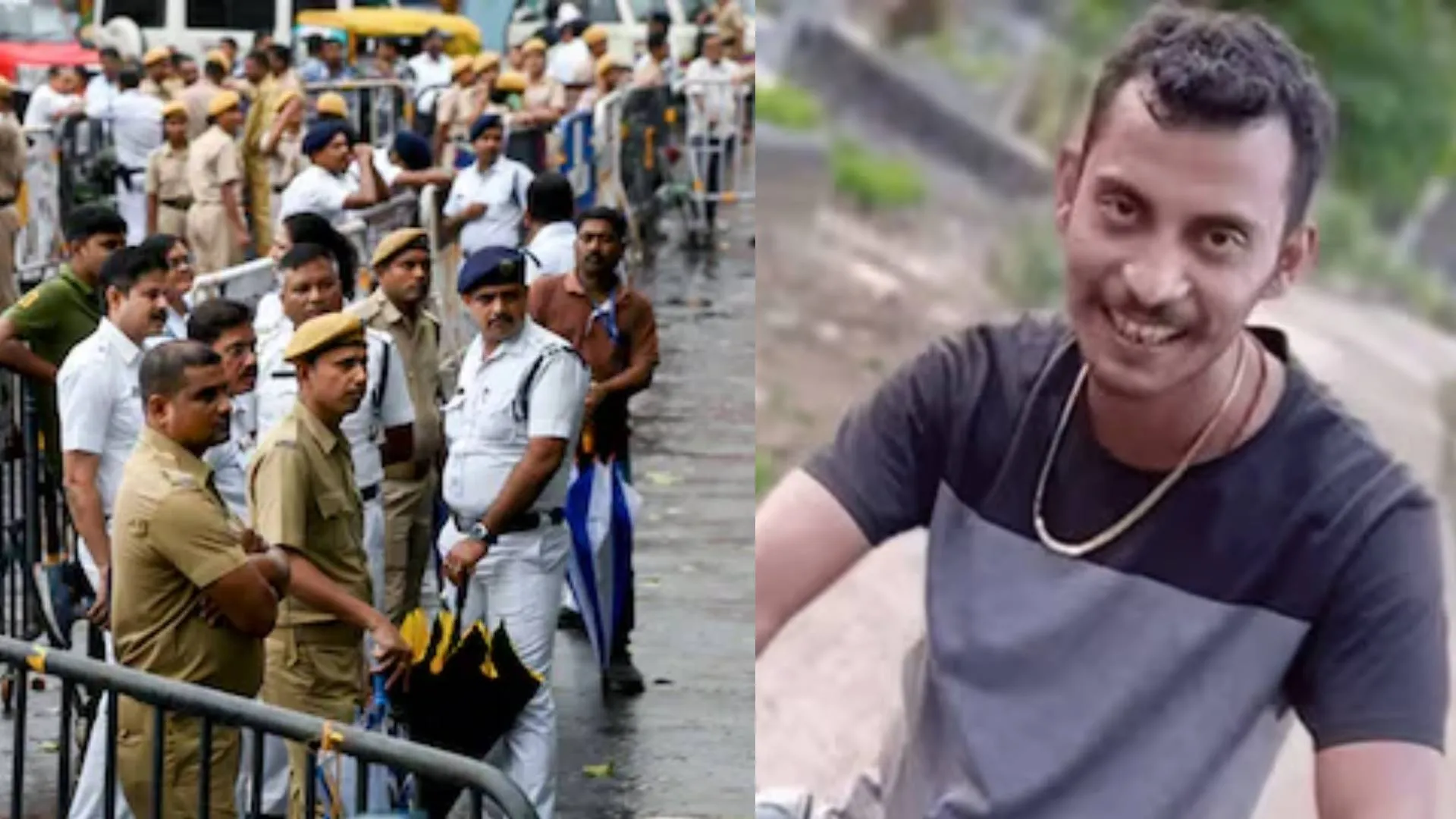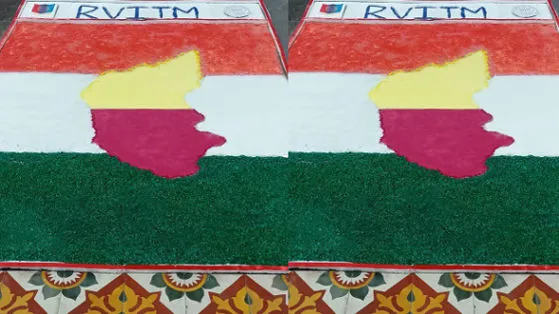The objective of criminal proceedings is to protect the essential societal public interests as opposed to private interests in civil matters. The life, liberty and dignity of a person is often at stake in a criminal trial. Unlike civil trials, where damages and compensations can do good the loss, criminal trials have devastating effects that can’t be undone in most cases.
Let thousand culprits escape, but one innocent should not be punished is thereby cardinal principle of criminal justice system. The benefit of doubt is always extended in favour of accused. Criminal trials become much inferential when direct evidences, witnesses and circumstantial evidences all together are present.
It however becomes a herculean task for prosecution when the trial rests solely on circumstantial evidence. Inferences in most of such cases remain ambiguous and hence even courts are wary while awarding punishments. Life imprisonment instead of death sentence has been awarded in umpteen cases of circumstantial evidence as a rule of caution.
Cardinal principle of law of evidence is that- ‘evidences are weighed and not counted’ . It’s the quality and conclusive nature of evidences that are of paramount consideration in a trial. Harping on ocular evidences or where sensory receptiveness was express is a very assuring judicial conscience. In cases where only circumstances are left as trail, motive, post offence recoveries become important in absence of oral or documentary evidence.
The trials of circumstantial evidences are based on the rule of – Res ipsa loquiter (the thing or conditions speaks for itself). Men may tell a lie, women may tell a lie, but circumstances do not tell a lie. ‘A circumstantial evidence is an evidence that relies on an inference to connect it to a conclusion of fact’. It entails that the court should not only accept the evidence led, but also draw an inference from it.
Pursuant to Section 6 of Indian Evidence Act,1872- circumstantial evidence forms a part of the same transaction as facts which though not in issue, are so connected with a ‘fact in issue’ that they are intrinsic to same transaction, are relevant, whether they occurred at the same time and place or at different times and places.
Section 7 of the same Act also expounds about the facts which are the occasion, cause, or effect of the facts in issue, while Section 8 deals with motive, preparation and previous or subsequent conduct.
In trials depending entirely on circumstantial evidence, the prosecution should be capable of explaining with certainty the circumstances indicating the guilt of which the accused is charged, as held in State of Kerela v. Rasheed,2017 Cri LJ 3956(Ker).
Such circumstances must be conclusive, complete and not contrary to the law. While adjudicating upon sufficiency of circumstantial evidence for the purpose of conviction, the court shall harp upon the cumulative effect of all the proved facts. These circumstances must indicate guilt of the accused with certainty. They should not be based on surmises and conjectures. They should exclude any hypothesis of the innocence of the accused.
The facts established by prosecution should be consistent only with the hypothesis of the guilt of the accused and should exclude every hypothesis except the one sought to be proved.
Prosecution has to lead an unimpeachable evidence to prove the facts and circumstances. A few minor missing links in chain are allowed, provided all these circumstances joined together form a chain so complete as to unerringly point to clouds of suspicion and doubt towards the accused.
All the circumstances pressed by prosecution must be fully established and all the facts so established must be congruent and consistent with the hypothesis regarding guilt of the accused. These circumstances should lead to a singular conclusion about the commission of offence by the accused and rule out all other probabilities.
In Hanumant v. State of M.P.1953 SCR 1091 , the Panchsheel or five golden principles of a case based on circumstantial evidence and in absence of corpus deliciti were established. The five conditions to be fulfilled are- 1. The circumstances from which conclusion of guilt is to be drawn should be fully established 2. The facts so established should be consistent with the hypothesis of the guilt and the accused, that is to say, they should not be explainable on any other hypothesis except that accused is guilty 3. Circumstances should be of conclusive nature and tendency 4.They should exclude every possible hypothesis except the one to be proved and 5. There must be a chain of evidence so complete as not to leave any reasonable ground for the conclusion consistent with the innocence of the accused and must show that in all human probability the act must have been done by the accused
The general legal burden of proof about fact in issue is fixed on prosecution in a criminal trial. It’s incumbent on them to prove the accusations as one who asserts, must prove that those facts exists. In cases of circumstantial evidence, however, possible involvement can be determined even by incriminating circumstances appearing against accused which are not satisfactorily brushed aside by him u/s 313 of Cr.P.C during examination in court.
In Rumi Bora Dutta v. State of Assam, 2013 Cri LJ 3260 :2013 (4) Supreme 488:AIR 2013 SC 2422 , it was held that a false answer offered by the accused when his attention is drawn to the incriminating facts and circumstances against him led by prosecution can be counted as providing “ a missing link” for completing the chain.
Its duty of court to see what circumstances were pressed and produced before court to incriminate the accused and how many of them are proved. The court can draw inference of guilt when all the incriminating facts and circumstances are found to be totally incompatible with innocence of the accused.
The circumstances from which an inference of guilt is to drawn have to be proved beyond reasonable doubt and have to be shown to be closely connected with ‘Factum Probandum’ or principal fact sought to be inferred from those circumstances, as held in Satish Rajanna Kartalla v. State of Maharashtra AIR 2008 SC 1184.
If evidence produced by prosecution pressing the circumstances do not have quality or credibility, it would be unsafe to rest conviction upon such evidence. Where the trial solely hinges upon circumstantial evidence , the inference of guilt can be justified only when all the incriminating facts and circumstances are found to be incompatible with the innocence of the accused or guilt of any other person.(Venkatesan v. State of Tamil Nadu AIR 2008 SC 2369)
In cases harping upon ‘Last Seen Together’ theory in circumstantial evidence, the proximity of time and place play a vital role. In an offence of kidnapping and murder, the accused was alleged of forcibly taking deceased from his house. The victim’s body was discovered after few days from a river canal in decomposed manner. The investigating agencies could not establish the last seen together theory due to lack of proximity of time and place the duo were last seen together. Moreover, the FIR was lodged only after recovery of dead body and police failed to provide justified explanation of delay. The motive was also not proved beyond reasonable doubt. Many links in chain of circumstances were missing. Accused was acquitted in wake of ‘benefit of doubt’(Malleshappa v State of Karnataka(2008) ACR 75:2007(4)Crimes 112(SC):2007(8) SLT 383:2007(11) JT 235:2007(10)SCR 153.
‘Motive’ plays a crucial role as a circumstance in a case based on circumstantial evidence, but it cannot entirely replace a conclusive proof. If evidence on record suggest sufficient/necessary motive to commit crime, it may be conceived that accused has committed the same (Munish Mubar v.State of Haryana, AIR 2013 SC 912) . In cases of clear ocular evidence and role of accused in crime stands established, establishment of motive is not a sine qua non for proving the prosecution case (Yunis v. State of Madhya Pradesh, AIR 2003 SC 539)
It can be inferred that circumstantial evidence is not direct to the point in issue but consists of evidence of various other facts which are so closely associated with the ‘fact in issue’ that taken together they cumulatively form a chain of circumstances from which existence of principal fact can be legally infered or presumed. The judges have to ultimately ensure whether evidence proves a particular fact and if fact is proved, the question is whether that fact leads to an inference of guilt of the accused.






















